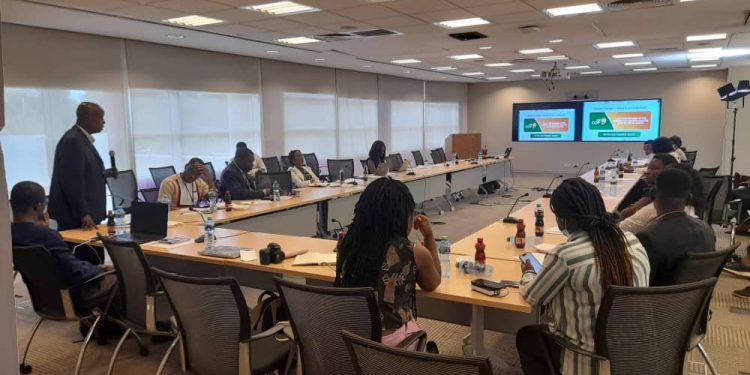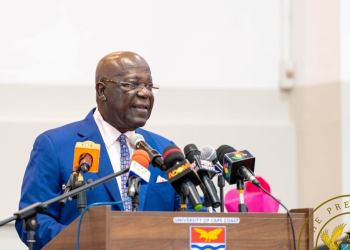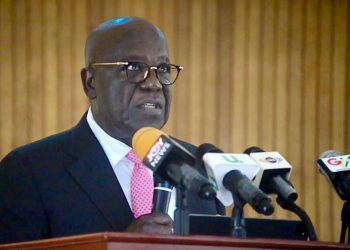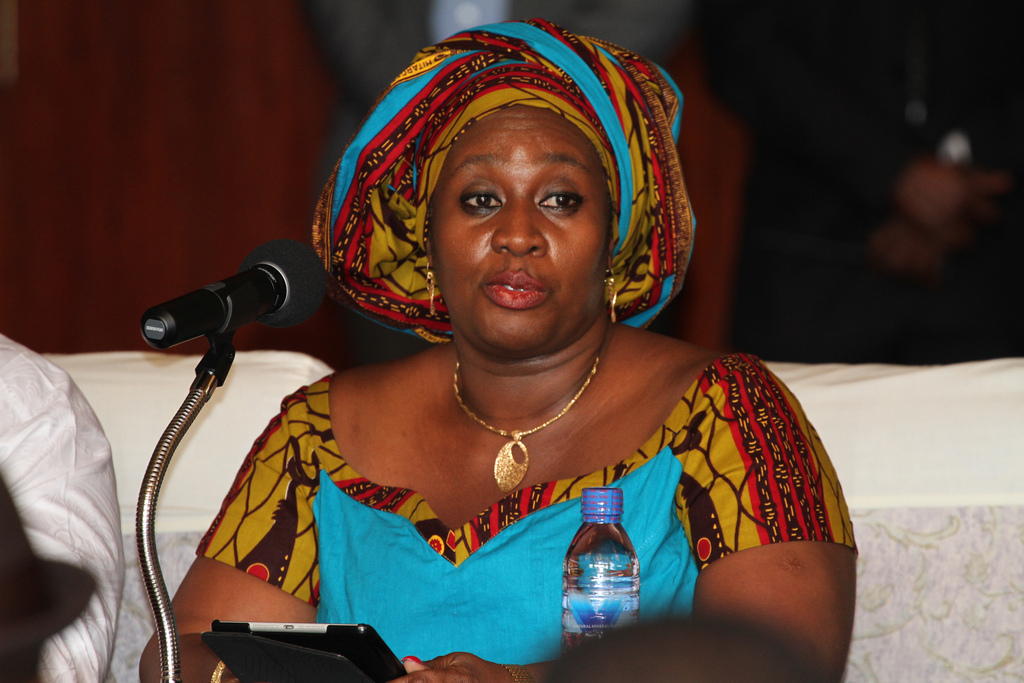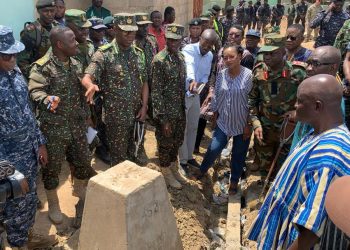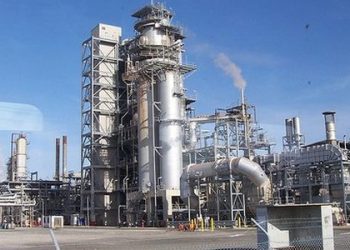The Abibinsroma Foundation, with support from ENDA Energy Senegal, has held a dialogue on ‘Loss and Damage’ as part of its preparation ahead of the 27th Conference of Parties in Egypt.
The workshop on the theme “Loss and Damage in the context of climate change adaptation in Ghana” called for ‘Loss and Damage’ to be the third pillar of climate change after Mitigation and Adaptation.
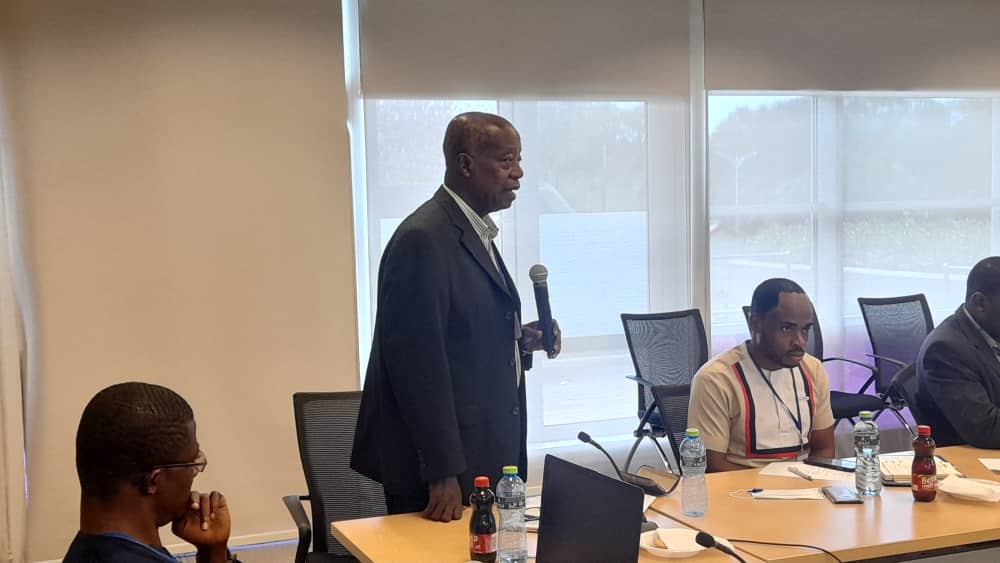
The Executive Secretary of Sustainable Environment and Education, Yaw Oppong Boadi explained that “Loss and Damage affect communities, resource, and we find it difficult to reverse, unlike the adaptation where countries can adapt to the issue, with Loss and Damage it is such a permanent scar on the economy of countries and the people.”
Mr. Oppong Boadi added that persons representing African countries at the COP 27 should “gather data, facts, and figures to tell the developed countries to address Loss and Damage”.
Without empirical evidence, he fears African countries will lose out on negotiations with little or no commitment from developed countries.
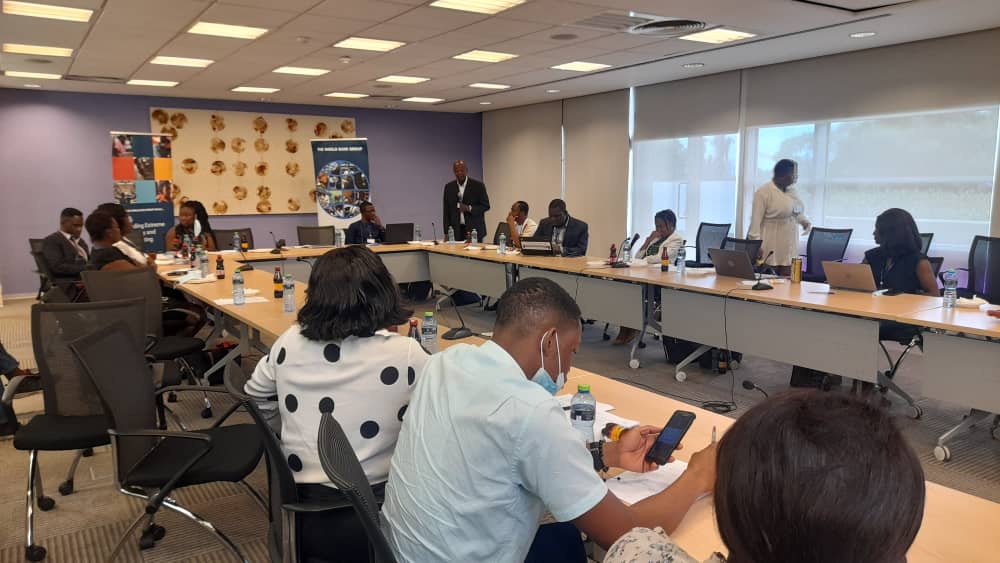
The Executive Director of Abibinsroma Foundation, Kenneth Nana Amoateng, disclosed that “eight leaders have been chosen from West Africa to look at Loss and Damage; its effect on the environment and coastal communities”.
The program hosted stakeholders at the World Bank office in Ghana.
Among the list of environmental organizations such as 350-GROC, SYND, Friends of the Earth – Ghana, Youth Climate Council, Ghana Youth Environmental Movement, etc.
Loss and Damages
According to United Nations Framework Convention on Climate Change, the Warsaw International Mechanism for Loss and Damage promotes the implementation of approaches to address loss and damage associated with climate change impacts, in a comprehensive, integrated and coherent manner (See decision 2/CP.19 for the details).
The mechanism is established under the United Nations Framework Convention on Climate Change to assist developing countries that are particularly vulnerable to the adverse effects of climate change by:
- Enhancing knowledge and understanding of comprehensive risk management approaches to address loss and damage.
- Strengthening dialogue, coordination, coherence, and synergies among relevant stakeholders.
- Enhancing action and support, including finance, technology, and capacity-building.

